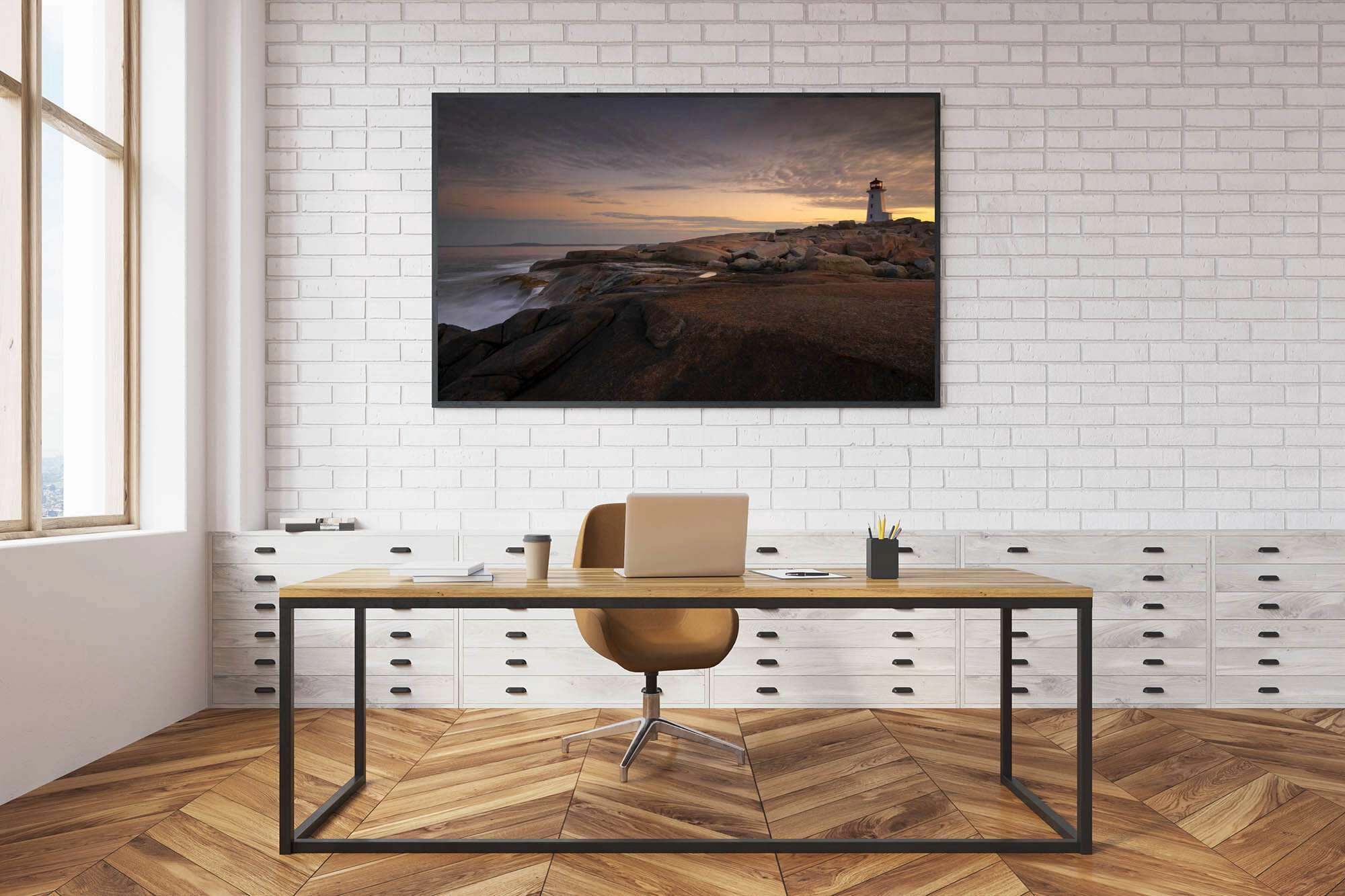Wide angle and super wide angle lenses have become incredibly popular among many photographers. A wide-angle lens can produce some very dramatic results and help in tight spaces. Unfortunately, they can be tricky to get used to. Here are some tips to improve your wide-angle photography and get used to the expensive new piece of glass.
Wide angle lenses and most importantly super wide-angle lenses are incredibly unforgiving.
KEEP EVERYTHING LEVEL
Wide angle lenses can cause a lot of distortion. For this reason, it is very important to keep the camera level to the image plan. Think straight lines.
We want to be mindful of both the pitch and the role. Up and down. Side to side. The use of a tripod will make this a lot easier to keep the camera level.
Outdoor photography, or rather landscape photography, can be a lot more forgiving when using wide angle lenses. Alternatively, architecture is not forgiving. The slightest mistake can jam everything up.
BEWARE OF THE CORNERS
Try to keep important areas of the image off the corners of the image plain. The distortion is often most extreme in these areas so try to fill them with negative space.
Barrel distortion will run rampant.
Bit of blurring can be normal in the corners of the lens also. Don’t worry about it, just know it is there.
USE DISTORTION TO YOUR ADVANTAGE
Keep in mind that a wide angle will make objects close to you appear gigantic and objects in the distance appear quite small.
Ignoring what I said before, a slight down pitch in a landscape photograph can create a long drawn out perspective, and give very dramatic results.
HANDLE CAREFULLY
These lenses are generally front heavy. They can fall very easily, and they will almost always break to some degree. Just be careful.
There are two types of photographers: ones who have dropped an expensive lens, and ones who haven’t dropped an expensive lens yet. I fall in the first category, stuff happens.
AVOID CLOSE UP SHOTS OF PEOPLE
Closeup pictures of people with wide angle lenses do not usually work out. The nose looks gigantic and the ears look small. It just is not the right lens for portraits.
There are exceptions to this rule, like with everything in photography. Just be aware that wide angle and super wide-angle lenses can take some bad portraits.
WATCH THE HEIGHT AT WHICH YOU ARE SHOOTING FROM
Know that even an inch higher or lower in your shooting perspective can result in great changes to the final image. If shooting a commercial interior for example you will want to be higher compared to a residential property (relevant to the ceiling height of course).
There are special architectural lenses made to help with these issues. They are fantastic, but both expensive and difficult to use.
BACK UP OR GET REALLY CLOSE
These lenses give the photographer the ability to photograph a very large field of view. If we step back, we can photograph a whole mountain. Simply, we can fit things into the frame we normally cannot. We also will have a greater depth of field with this type of lens.
Moving forward, literally, we can get the lens almost touching the subject, or foreground objects. Being so close to your subject while still in focus. This gives the image an interesting foreground, and a very dramatic effect. One that can’t be matched by any other lens.
KEEP THE GLASS CLEAN
Because of the short focusing distance, dirt will show up on wide angles more than any other lens. Give both the front and rear element of the lens a regular cleaning.
THE FACT IS WIDE ANGLE LENSES CAN PRODUCE STUNNING IMAGES.
Just be aware that the need a little care to get the best shots.
Super wide angle and ultra wide-angle lenses are the same.
Hopefully these tips will help you to shoot better photographs. If you have any questions, please feel free to leave a comment at the bottom.








0 Comments